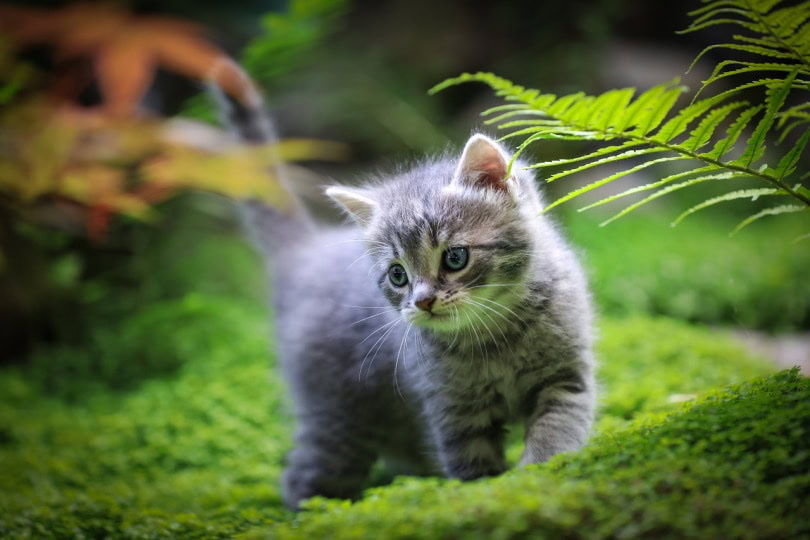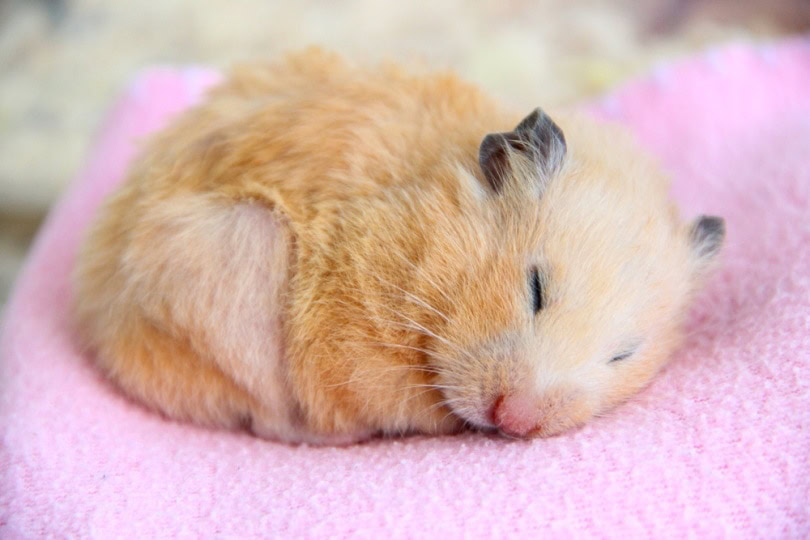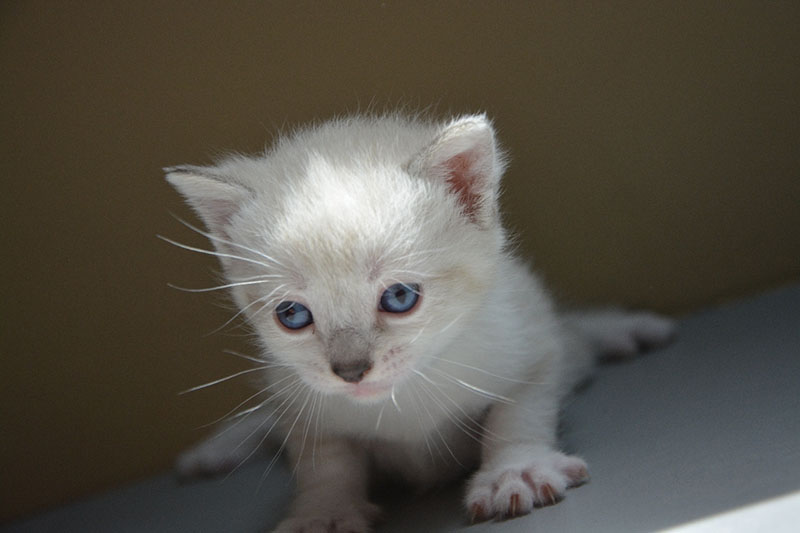VET APPROVED

The information is current and up-to-date in accordance with the latest veterinarian research.
Learn more »Click to Skip Ahead
With their cascading fronds and stunning green hues, ferns are beautiful additions to any garden or living space. But are they safe to have around felines?
Generally speaking, most ferns are safe for cats. The challenge, however, is determining which plants are “true ferns” and which ones just look like ferns, as there are a few that can be poisonous to felines. Let’s learn more about fern toxicity for cats and the plants to watch out for.

Are Ferns Hazardous to Cats?
Most true ferns are safe for cats, even if they ingest them. The ASPCA has a list of true ferns:1
- Boston fern
- Button fern
- Sword fern
- Mother fern
- Carrot fern
- Staghorn fern
- Maidenhair fern
- Bird’s nest fern
- Rabbit’s foot fern
These are harmless to cats, but it’s still best to prevent your cat from regularly nibbling on these plants. If they ingest too much, they can get digestive upset. However, while this will be unpleasant, it’s unlikely to cause any long-term issues or death in healthy felines.
Plants that aren’t true ferns and that merely look similar or have “fern” in their names can be a different story. A good example is the asparagus fern,2 also known as sprengeri fern, lace fern, or emerald fern. It’s a popular houseplant that isn’t really a fern at all.
The leaves of the asparagus fern are toxic on their own, as they can cause contact dermatitis. The berries can cause digestive upset, diarrhea, and vomiting. Other toxic fern-like plants include bracken ferns, hemlock,3 and foxtail ferns.4
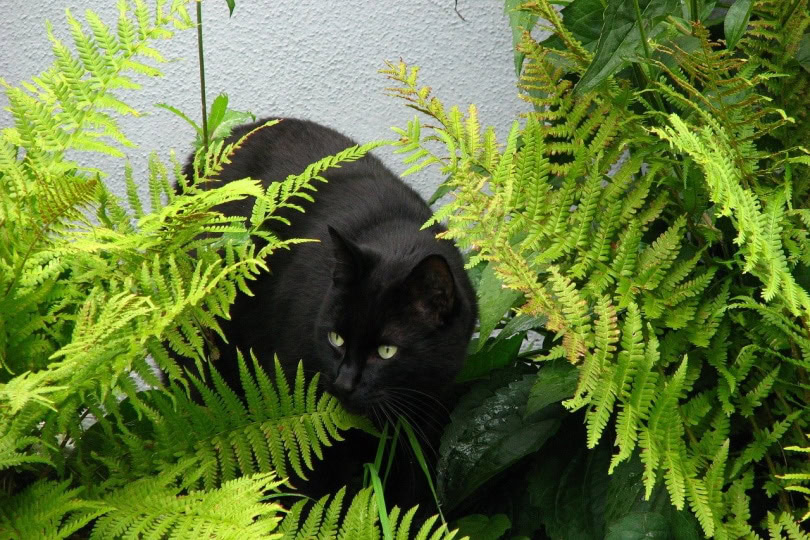

Signs of Fern Toxicity in Cats
If your cat ingests the oils or parts of the leaves of toxic ferns, the signs can be mild or severe. Most cats will experience:
- Diarrhea
- Vomiting
- Drooling
- Digestive upset
If you are concerned about the health and well-being of your pet, seek veterinary advice for the best course of action.
If your cat touches the fern’s leaves, it may lead to swelling, blisters, or inflammation. Braken fern is usually not an issue for cats, but its prolonged exposure can cause enzootic hematuria in cattle, horses, and sheep..5
Treating Fern Poisoning
Cats can ingest or touch true ferns without any problems. You don’t need to rush your pet to the veterinarian. Just keep an eye out for any signs that may pop up.
With toxic ferns, it’s best to seek medical attention. Whether your cat ate the fern or rubbed against it, a toxic fern can lead to significant medical problems. Take your cat to the vet for an evaluation. If possible, bring a sample of the fern to the clinic to confirm its species and toxicity level. If that isn’t an option, try to identify it using photos.
Your veterinarian will likely rinse the oils off your cat’s skin and mouth. If vomiting and diarrhea are expected, they may want to administer intravenous fluids. A topical or oral antihistamine may also be provided to control skin irritation.

Is It Safe to Keep Ferns in My Home?
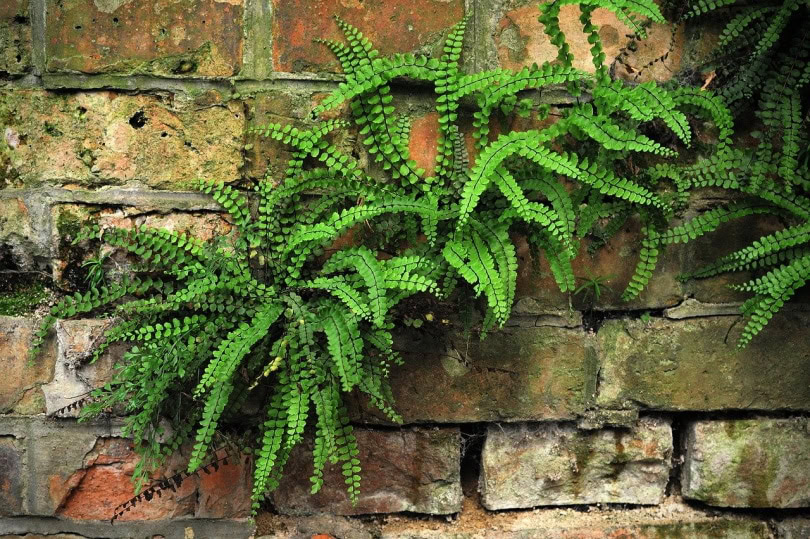
Our pets can come in contact with many poisonous plants outdoors, but we can do our best to keep them safe. True ferns may be harmless, but we still shouldn’t encourage our cats to nibble or rub against houseplants.
You shouldn’t need to remove all ferns from your house or yard. Instead, just use caution in choosing where to put them. Hanging baskets are great options to make sure your cat can’t access your ferns, and they look beautiful in the home. You could also place ferns on high shelves.
If you have known toxic ferns in your yard, you can use fencing or netting to keep your cat away. You can also have a landscaper remove the planets for you.
In either case, it’s best to get rid of any known toxic plants from your home and garden, and stick to plants that are safe for your pets, such as:
- Bamboo
- Spider plant
- Banana tree
- Money tree
- Orchids
- Mosaic plant
- Ponytail palm
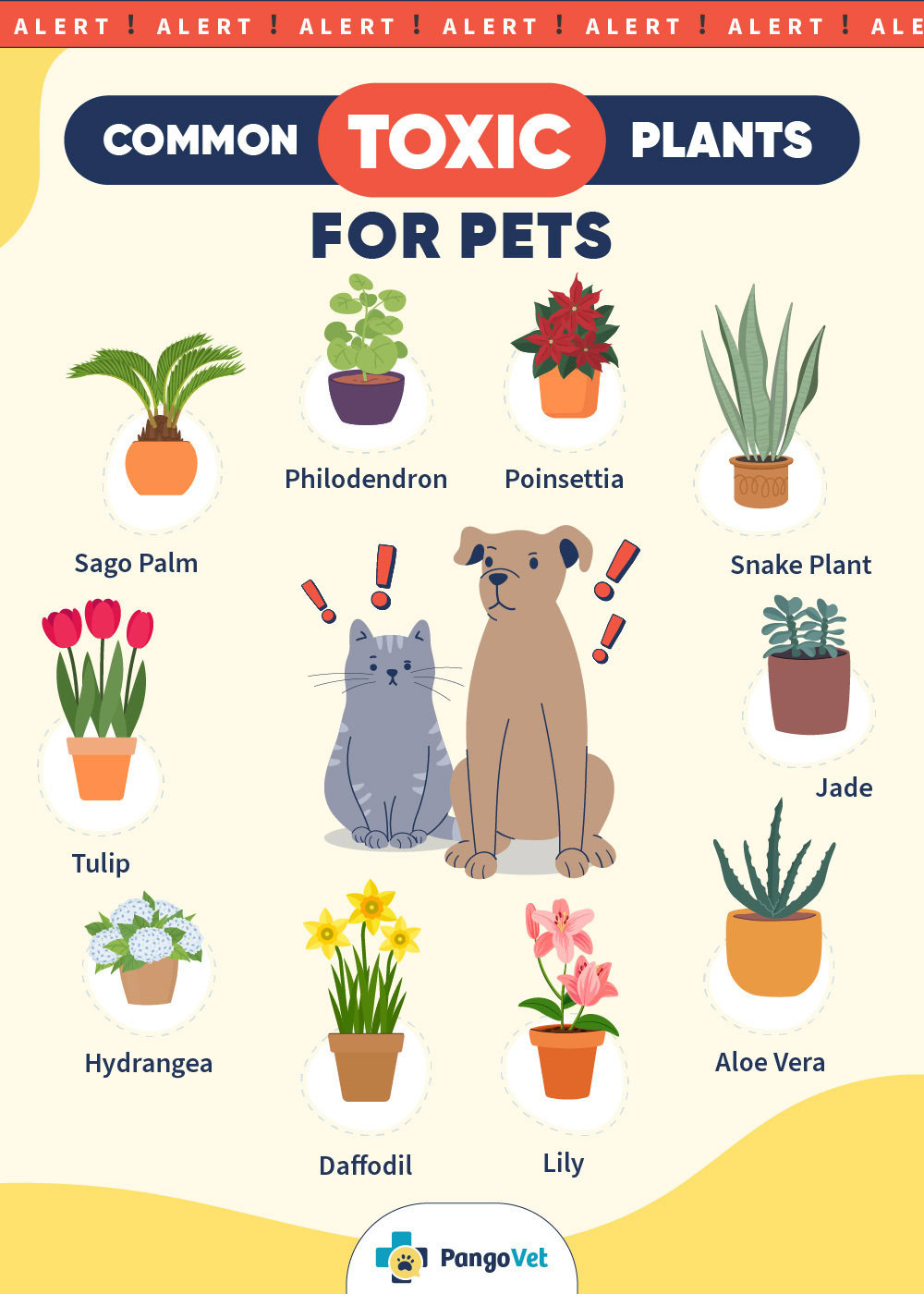

Conclusion
Being a pet owner comes with a lot of responsibility. It’s up to you to keep your home and garden safe and free of toxic plants that can hurt your furry companions. If you’re not sure if something is safe for your cat, it’s best to avoid bringing it into your home.
- Related read: Are Snake Plants Toxic to Cats?
Featured Image Credit: ilyessuti, Pixabay
